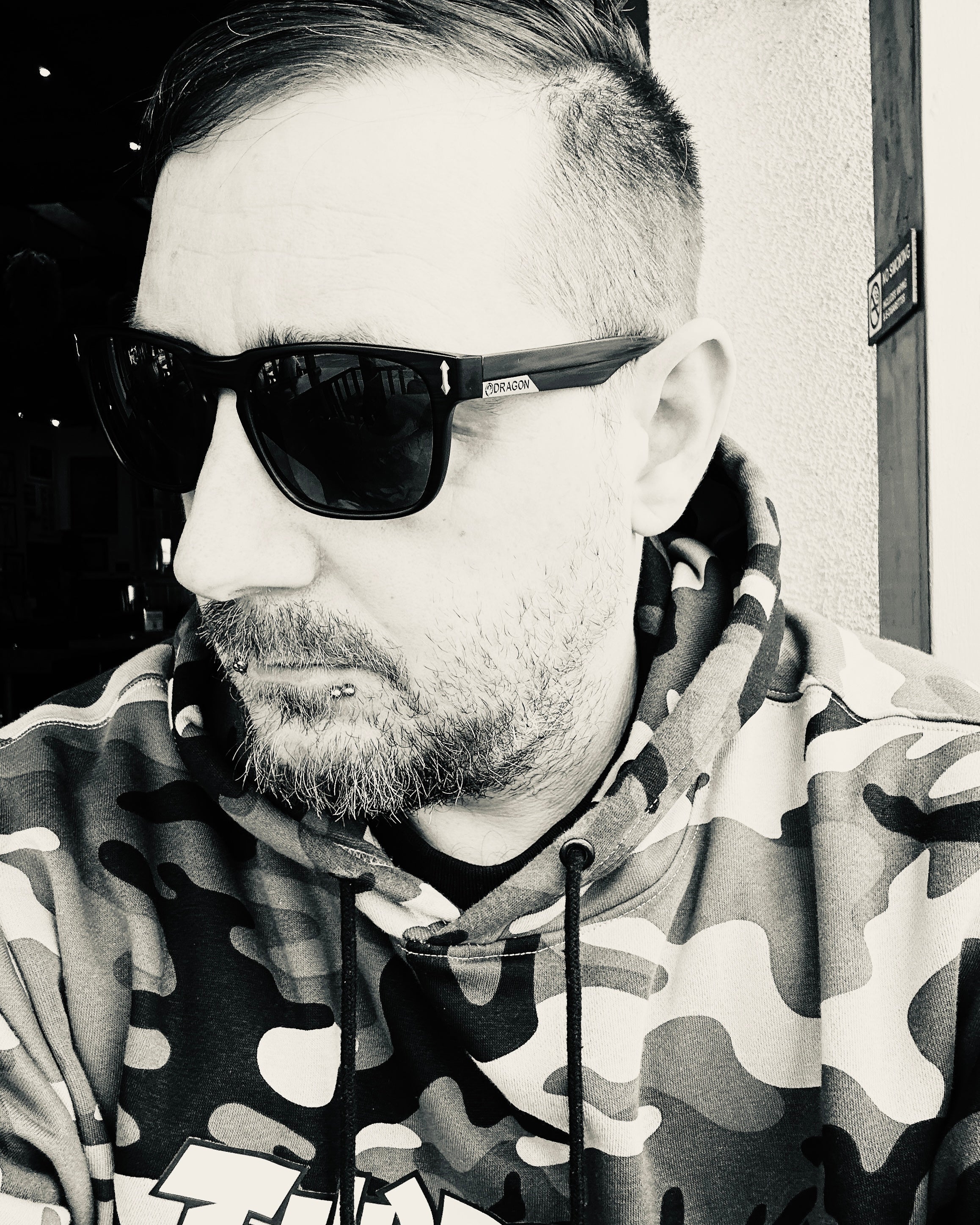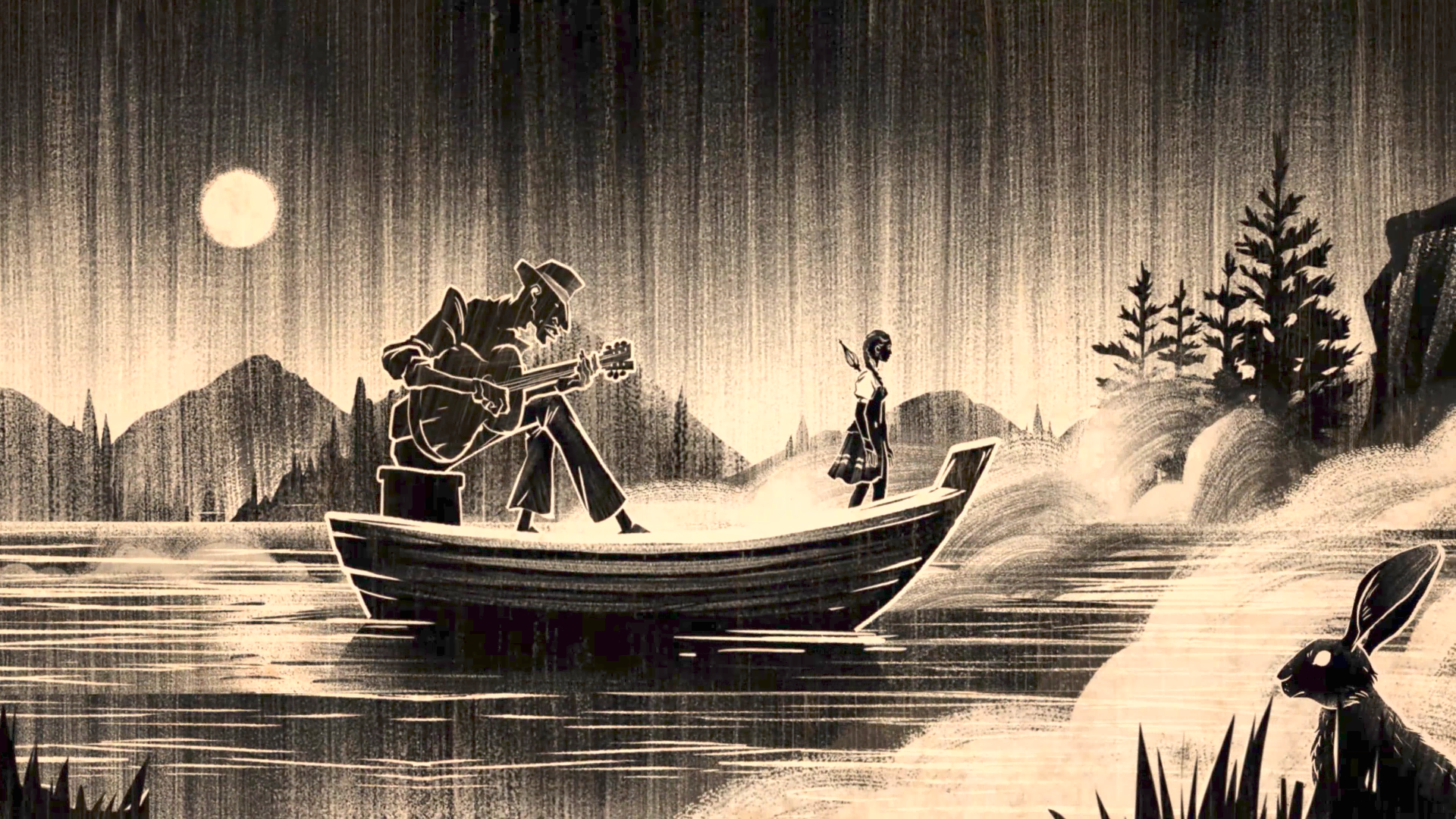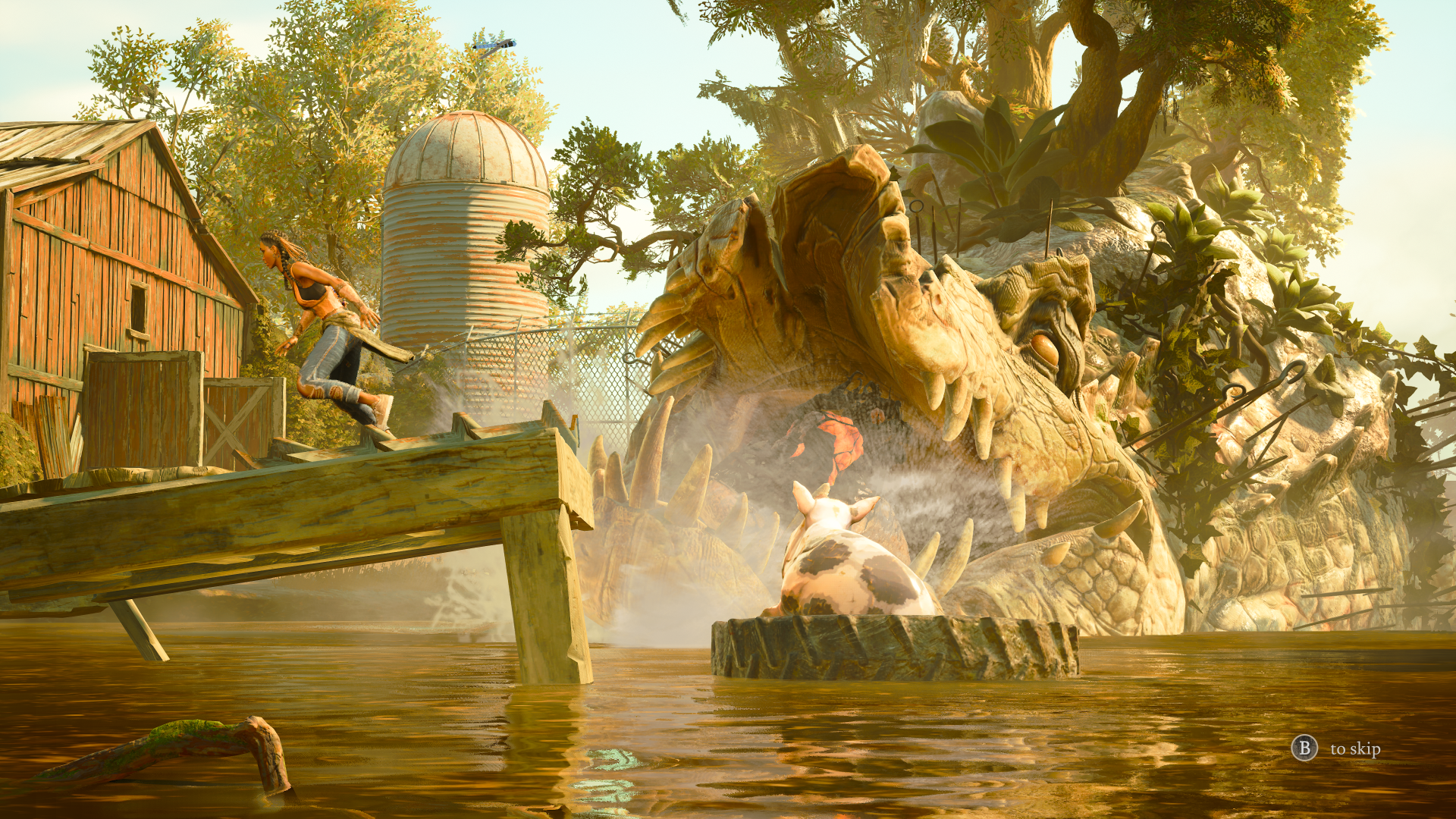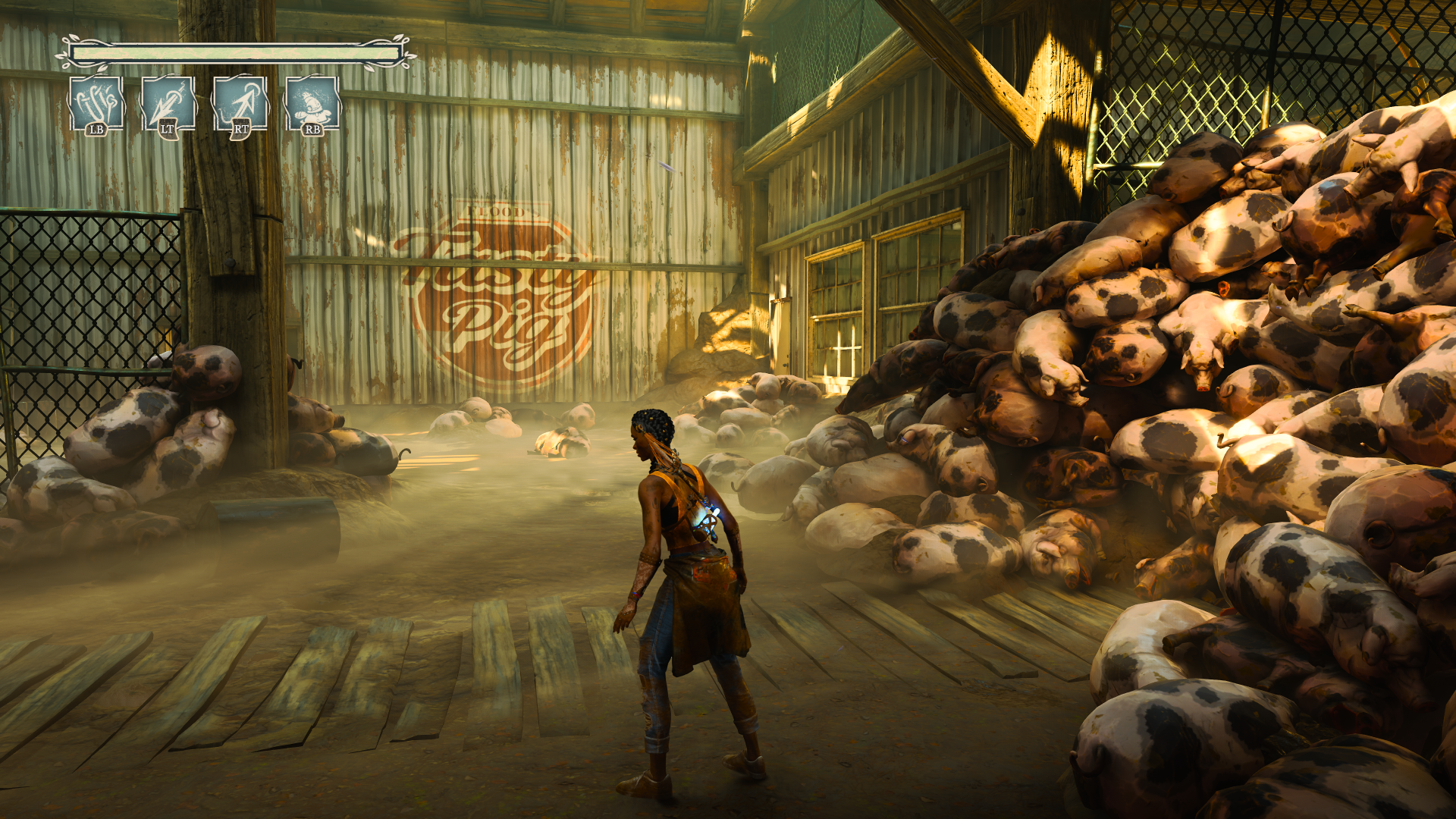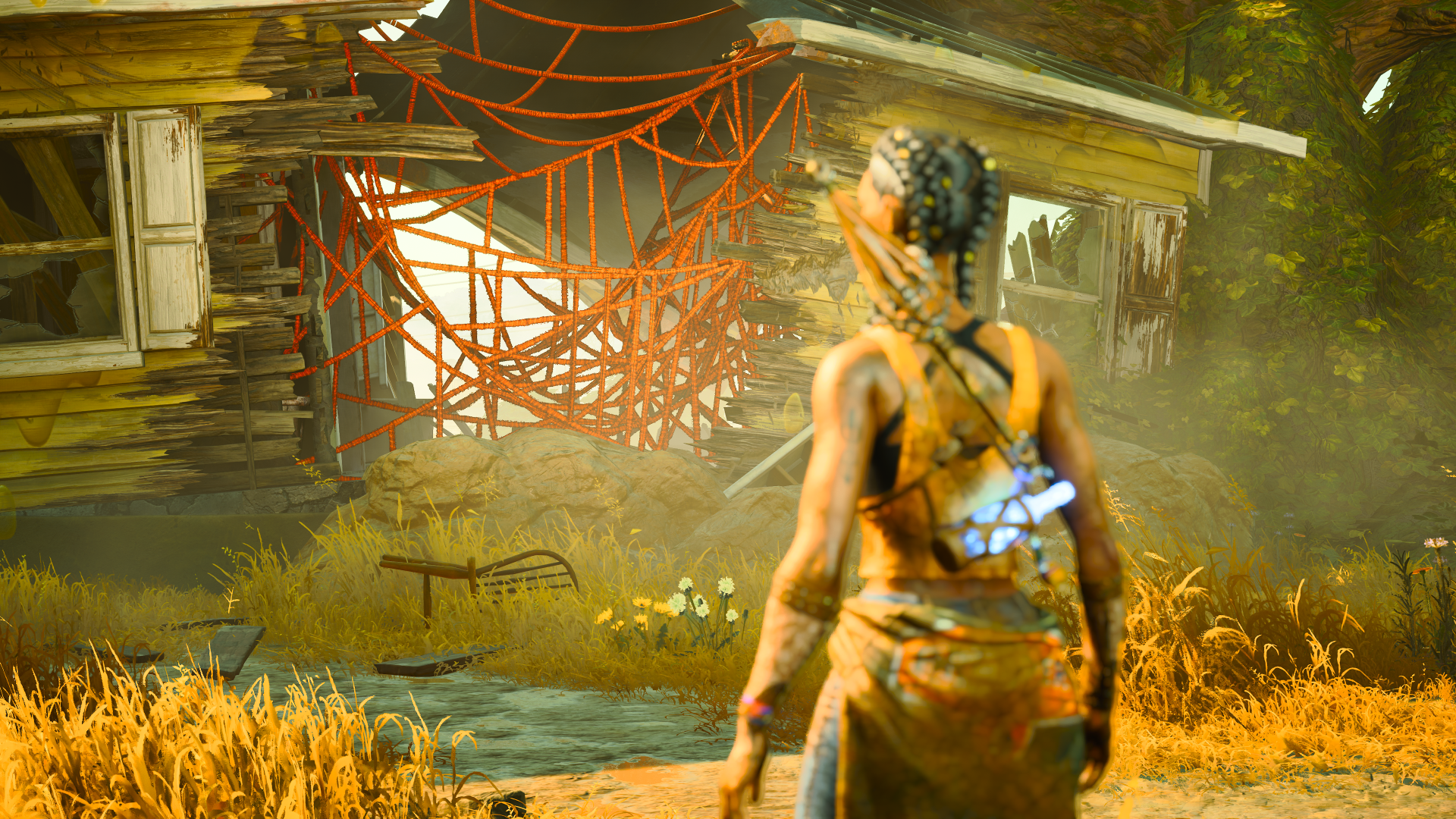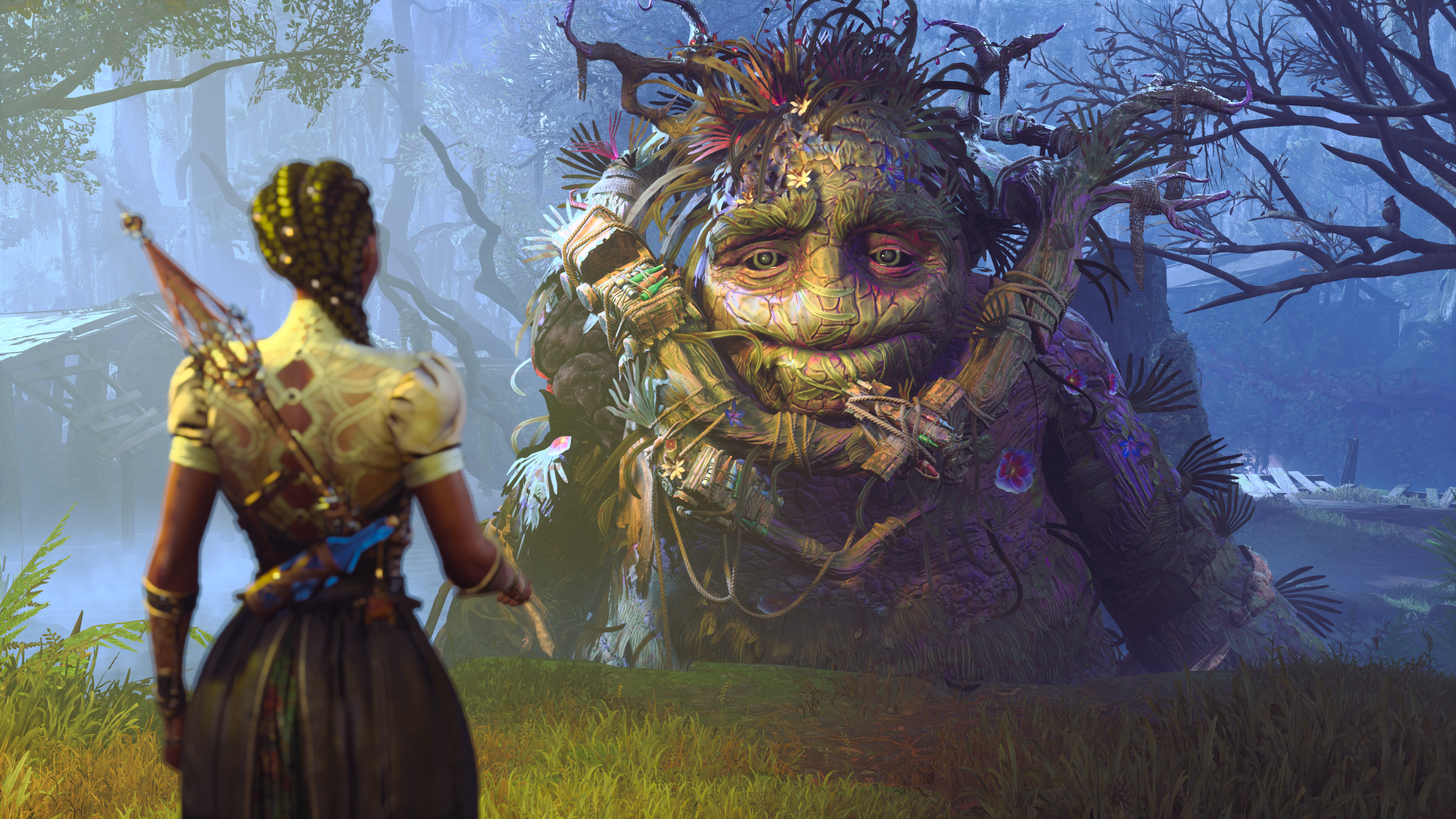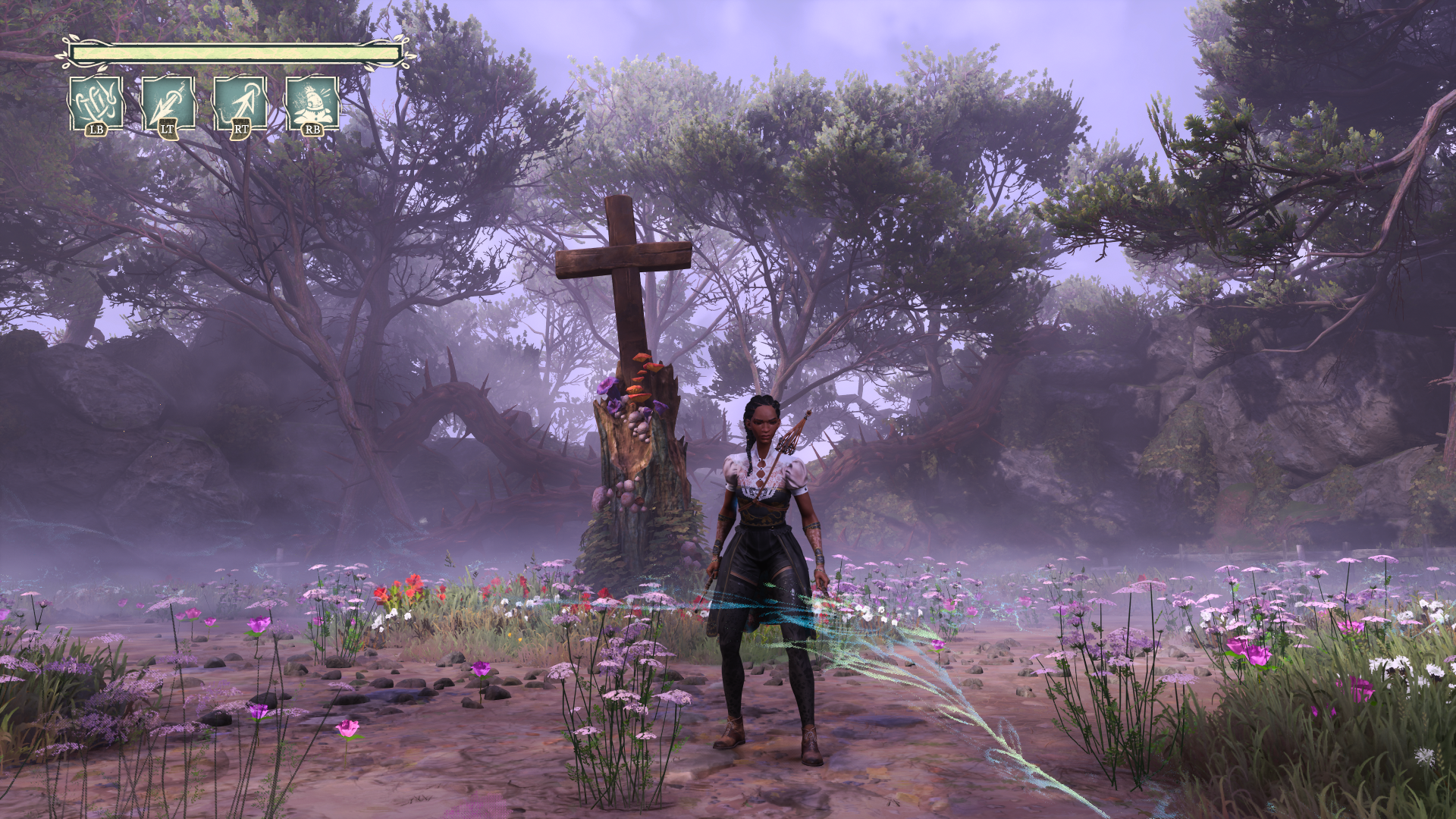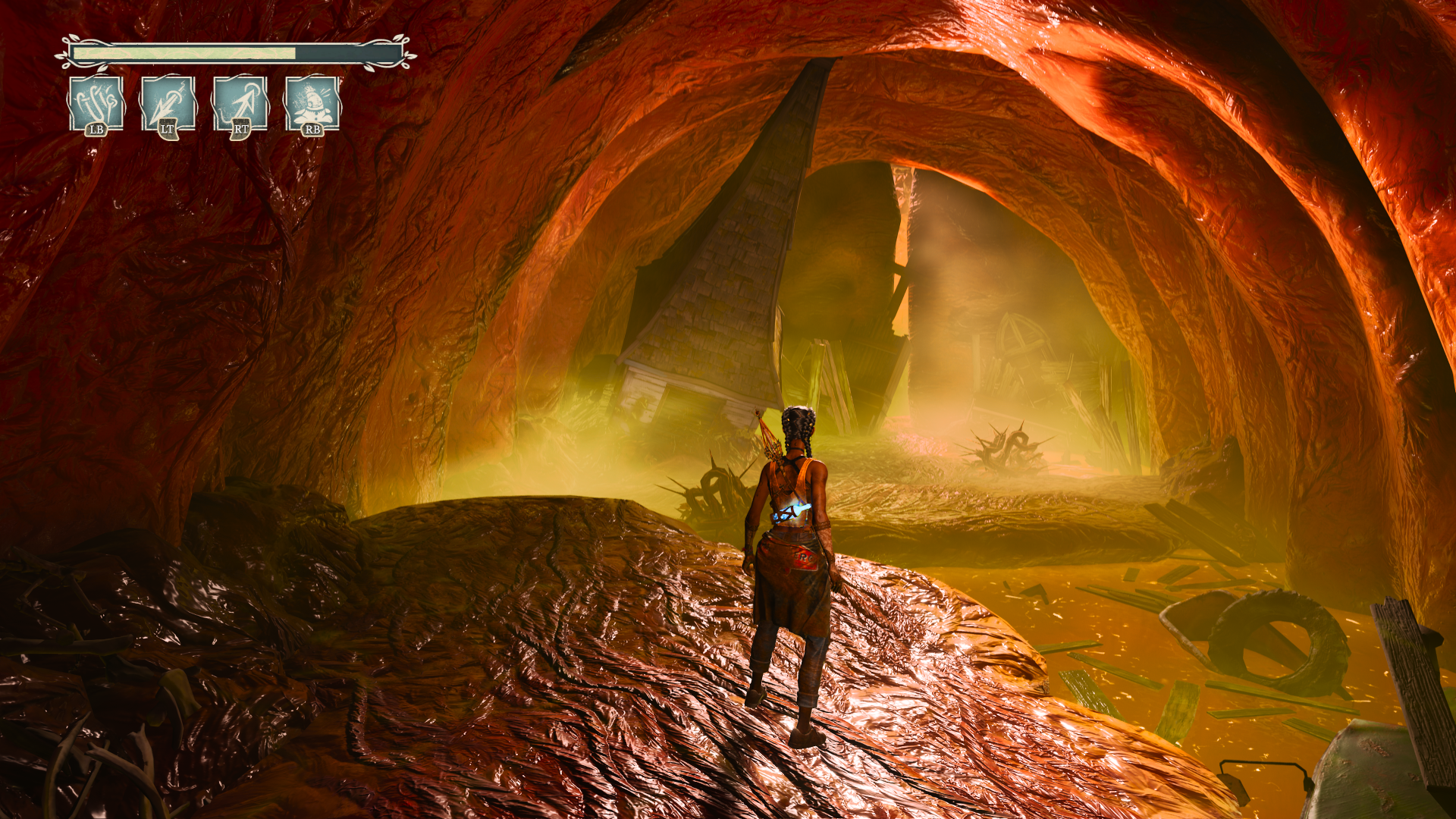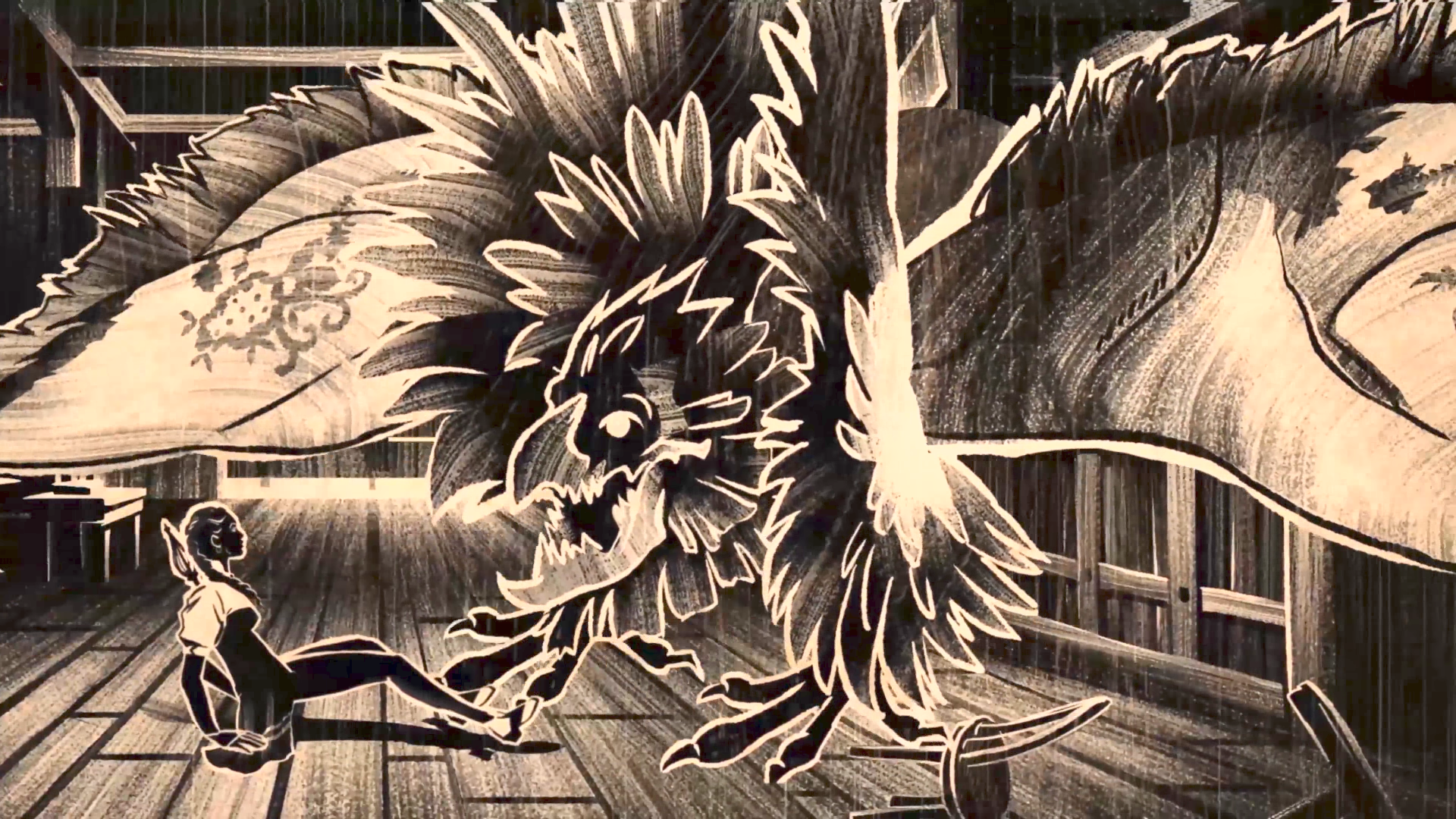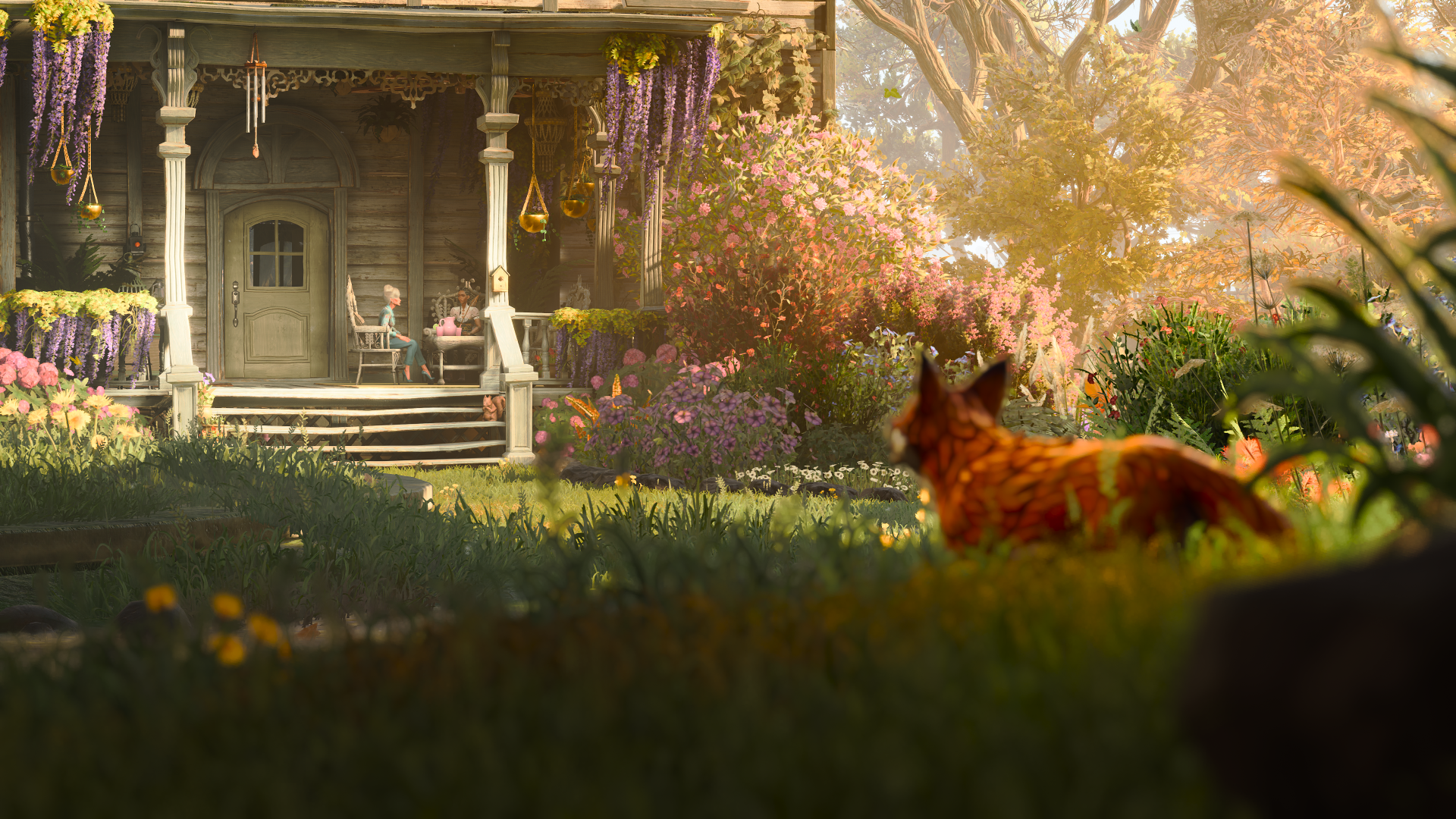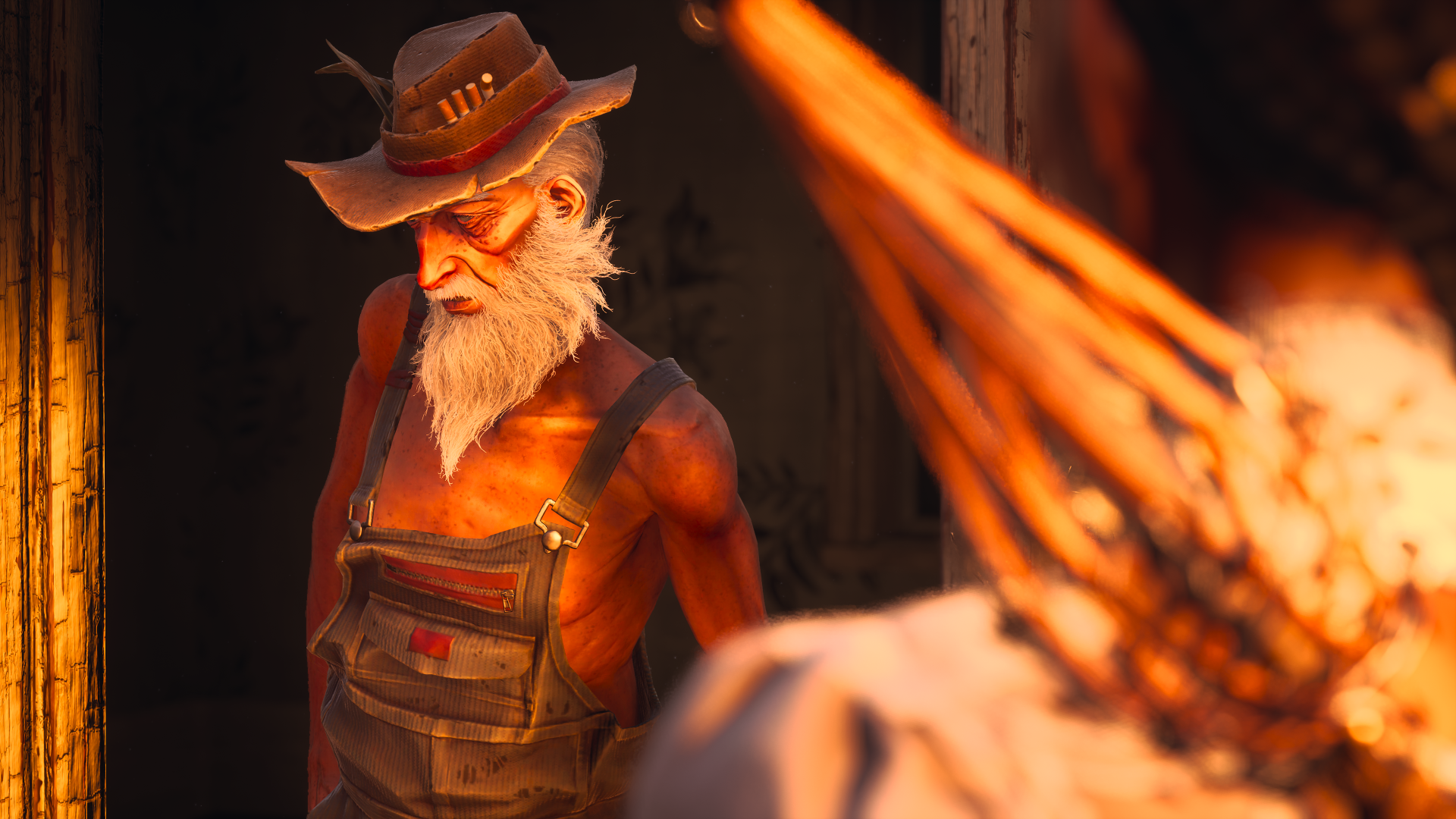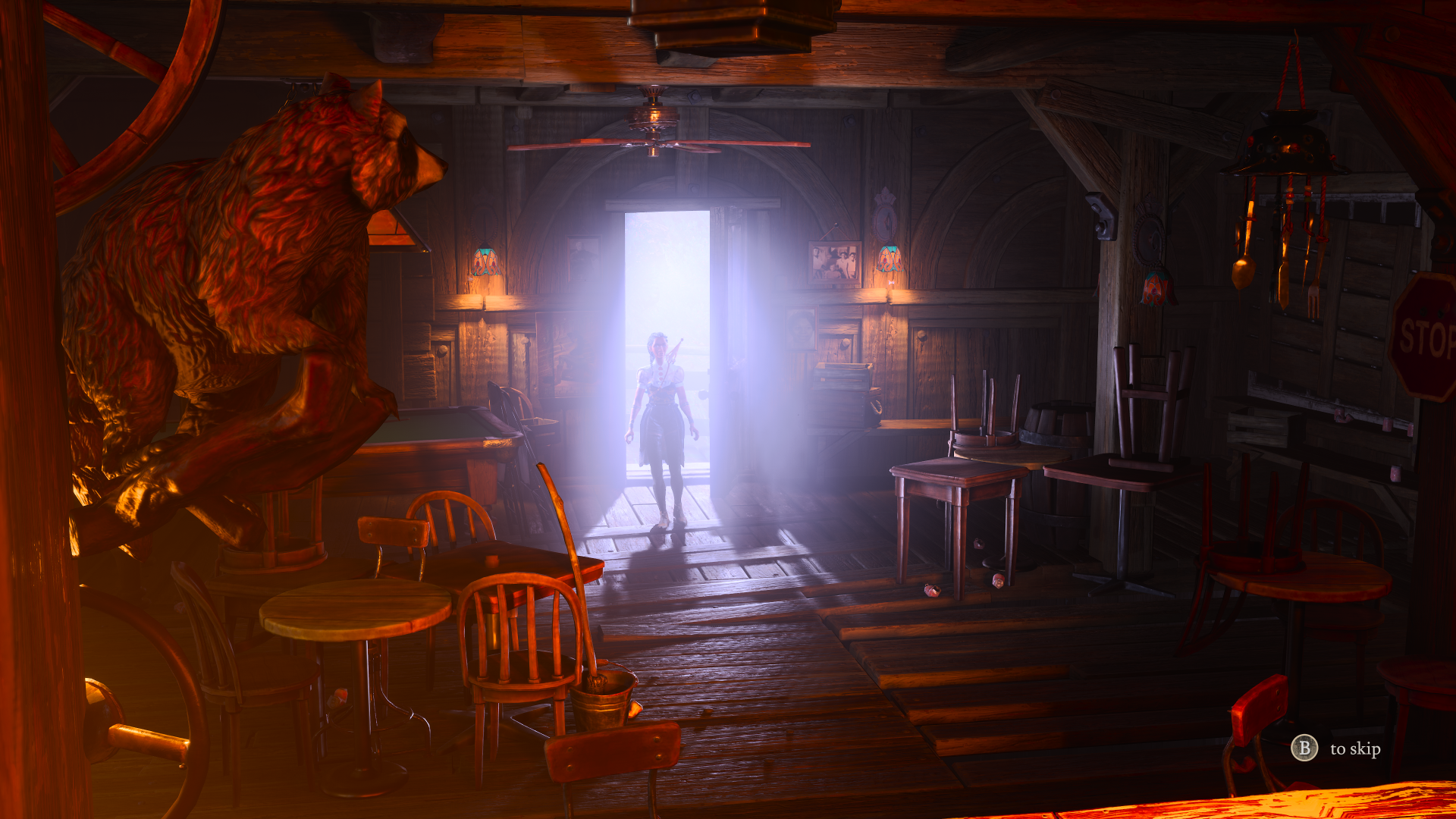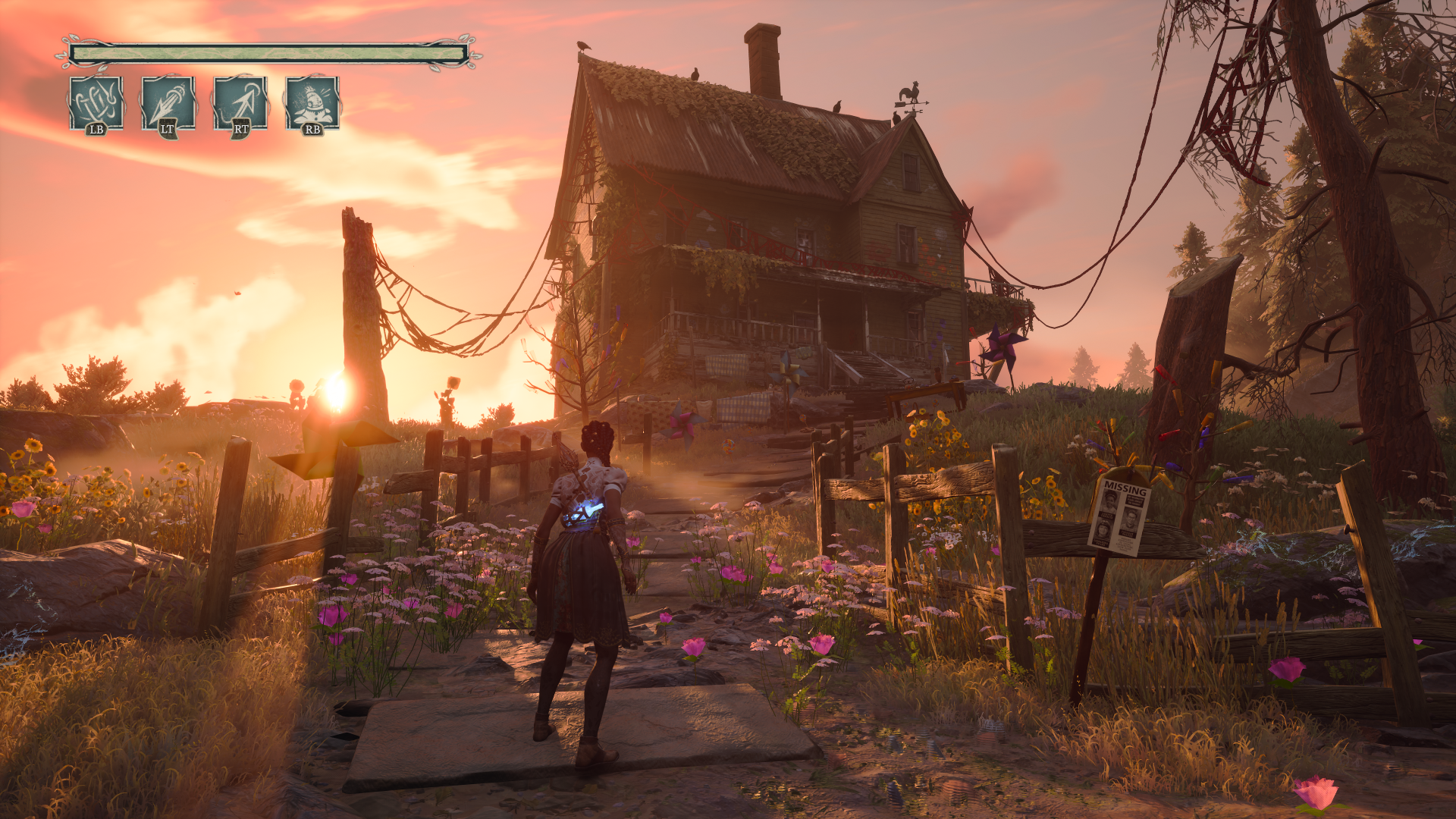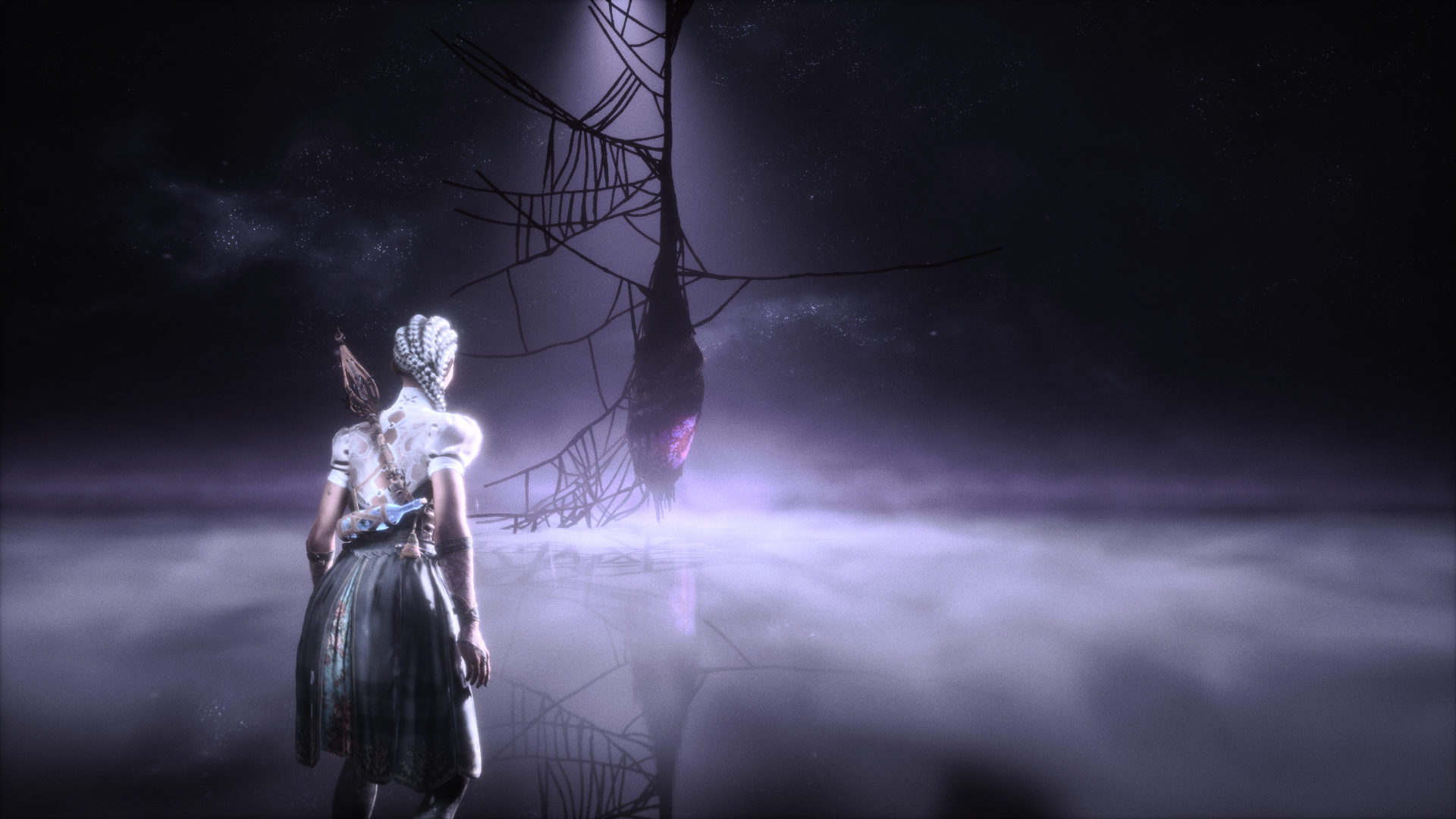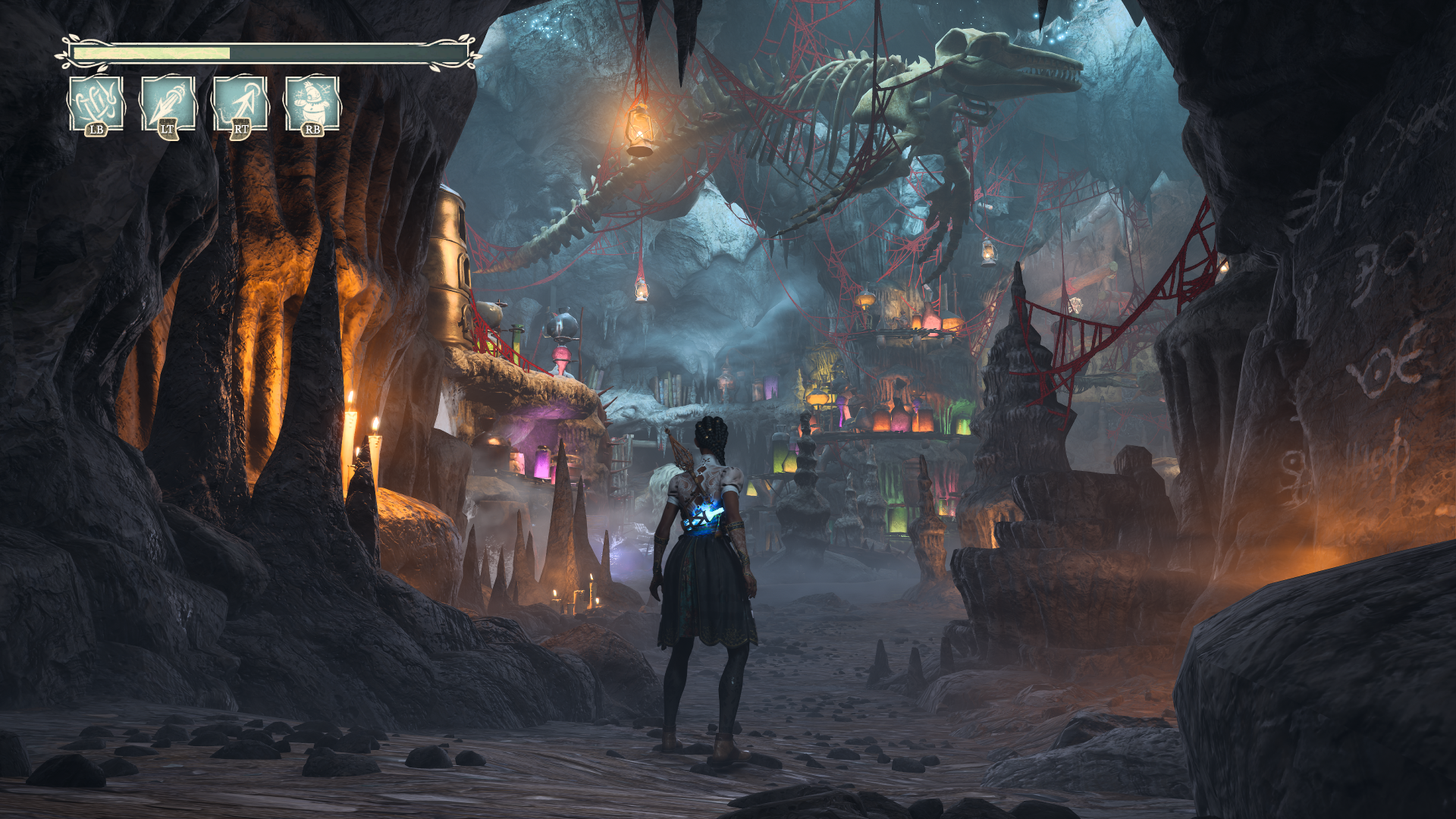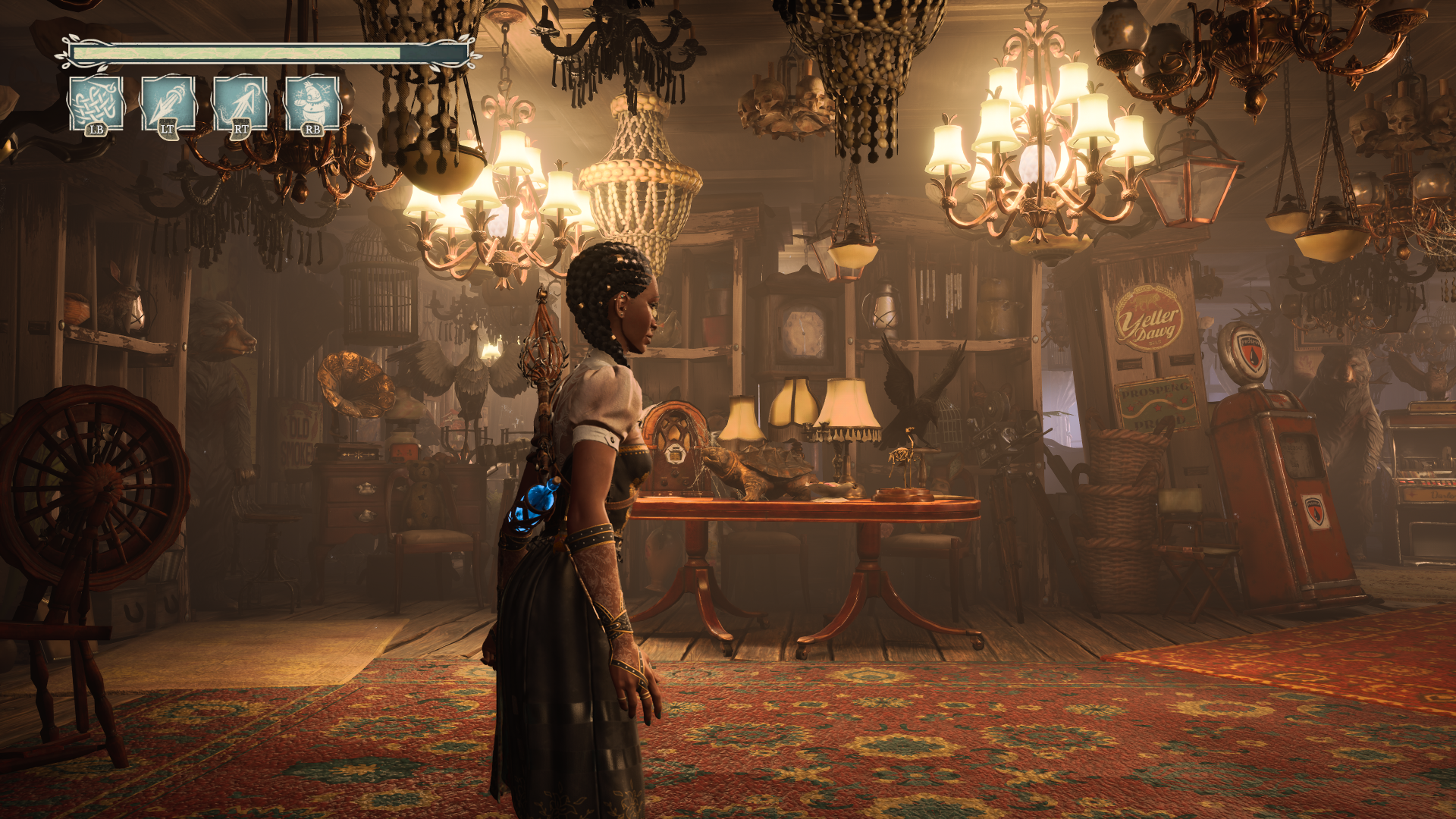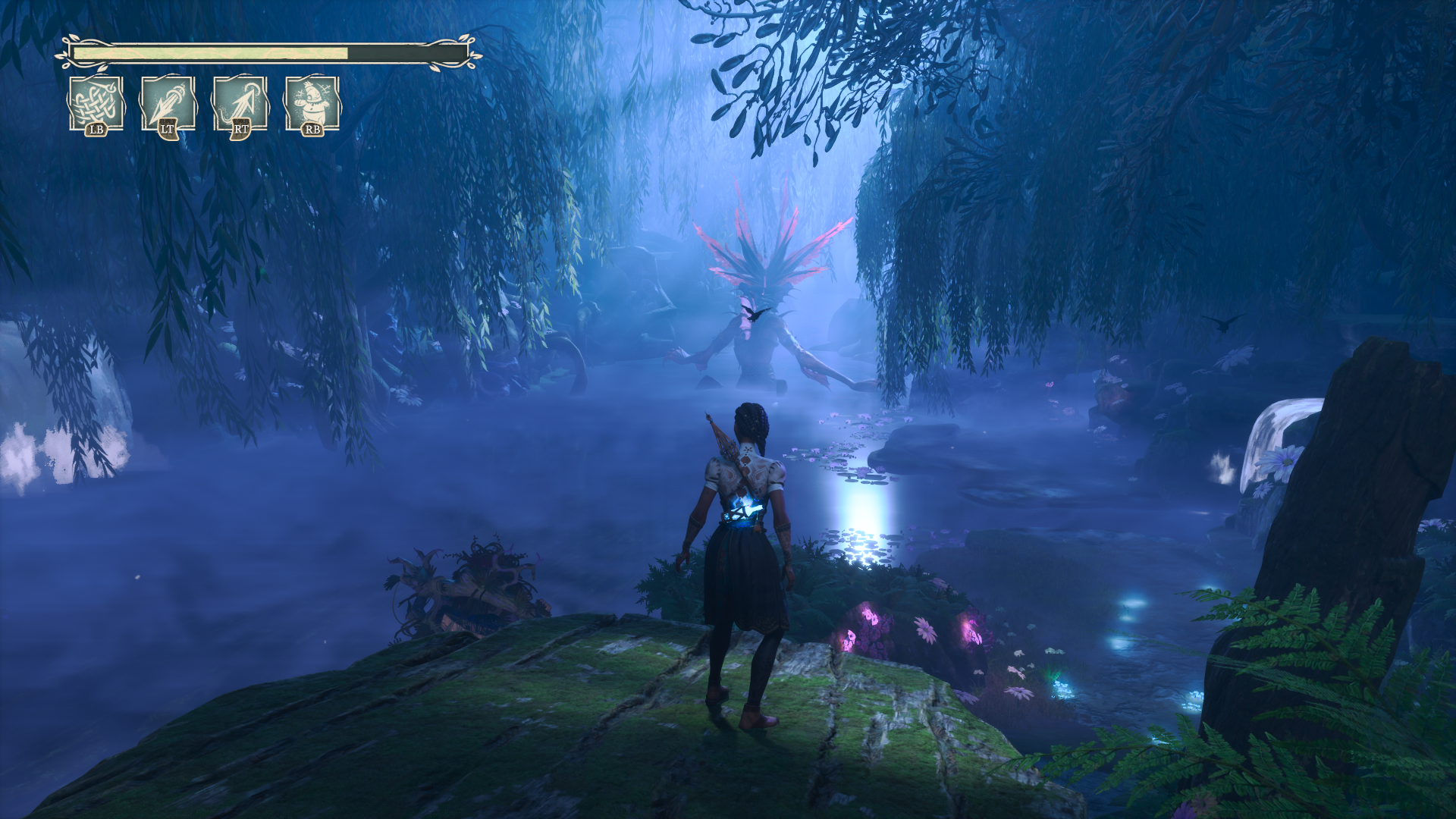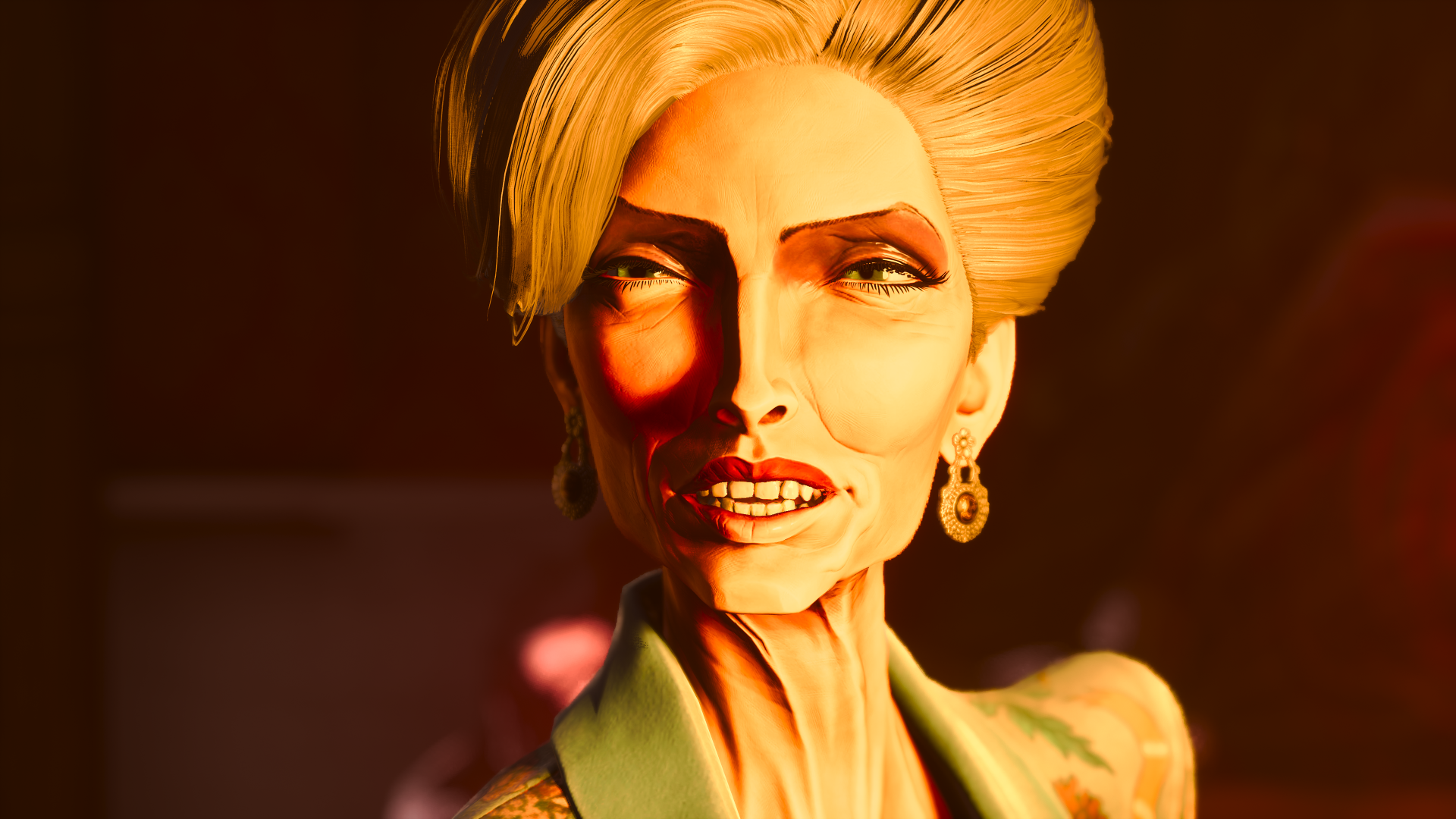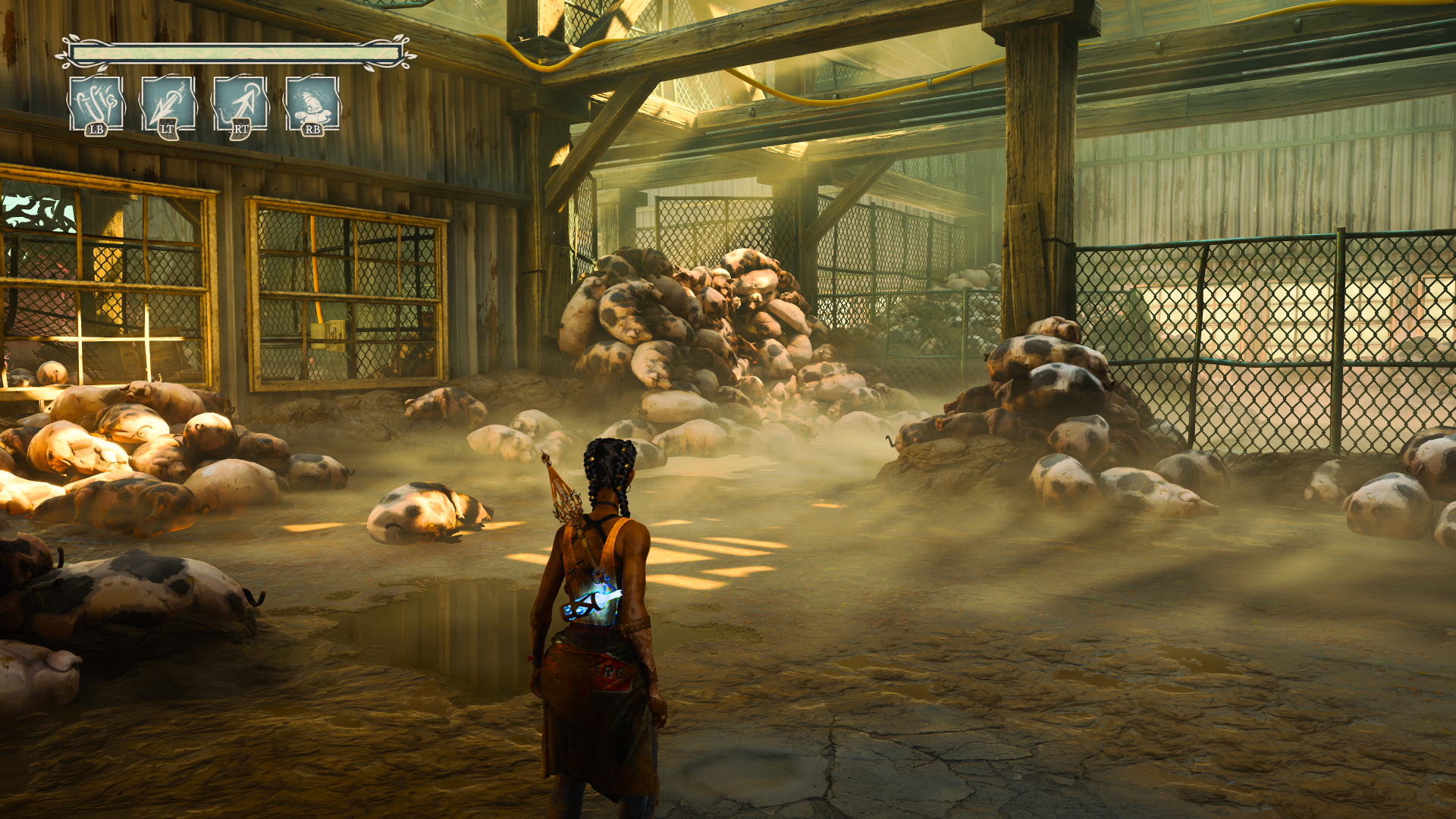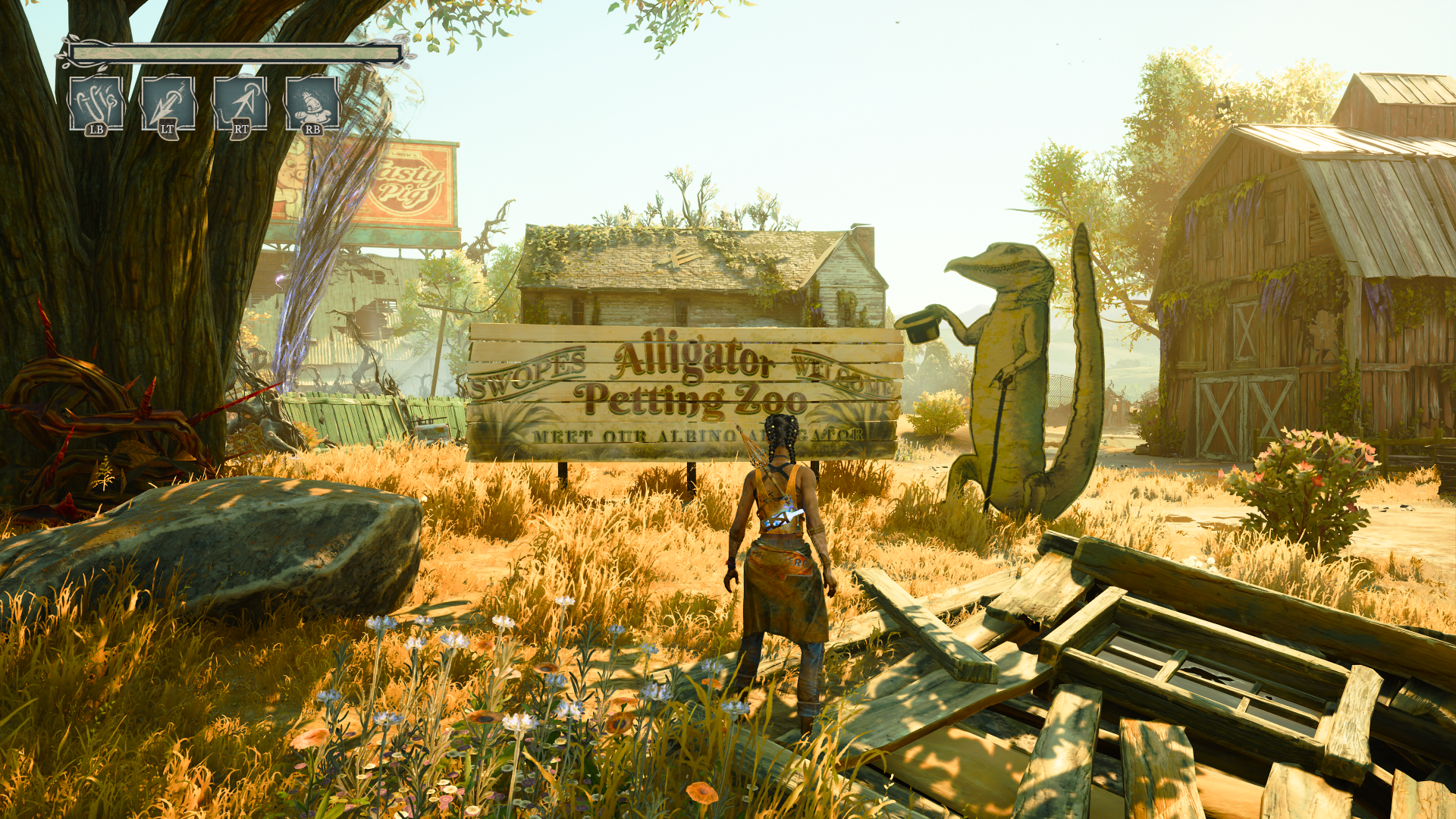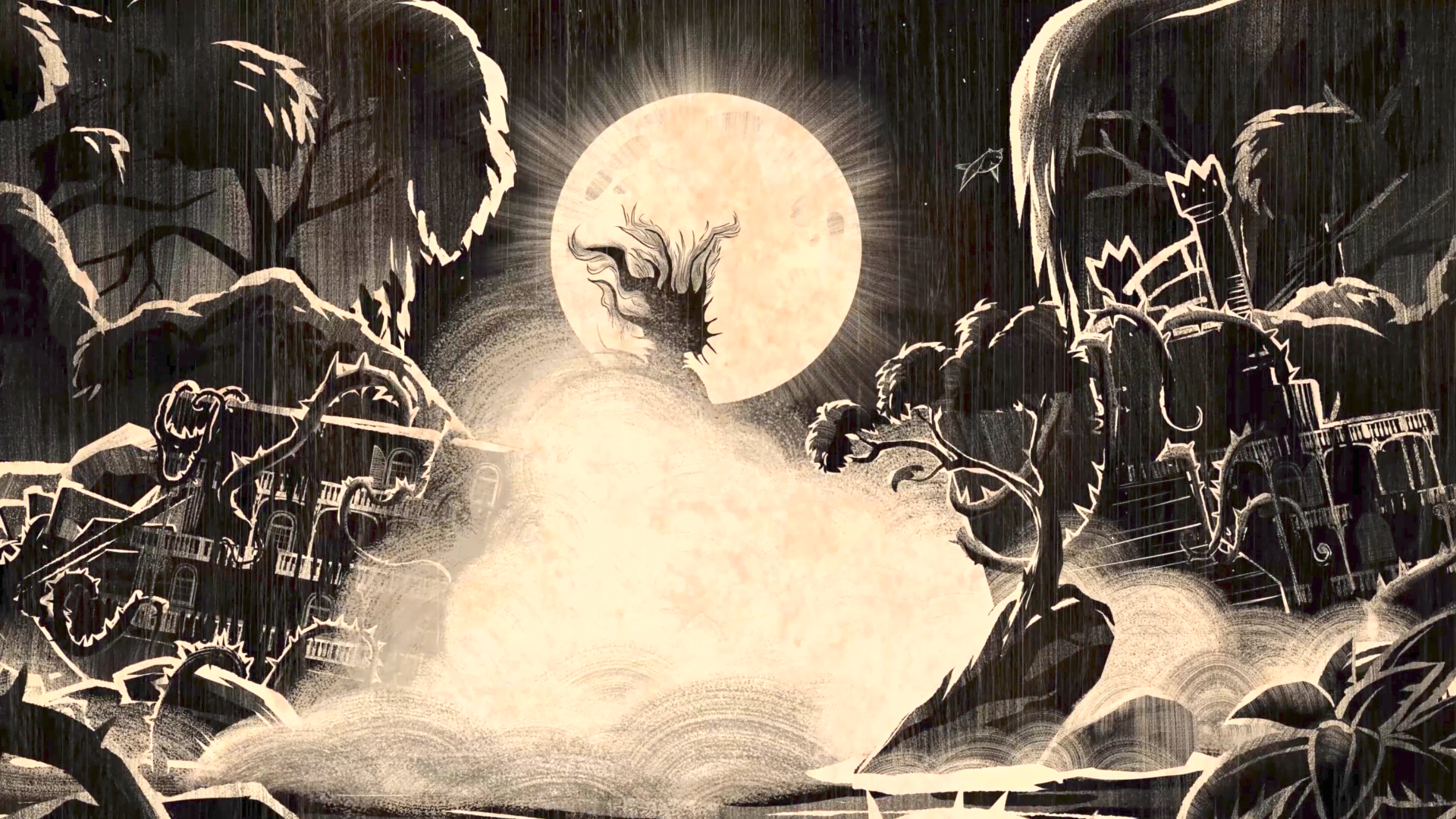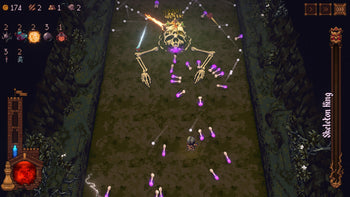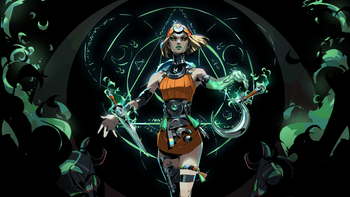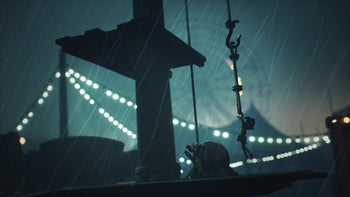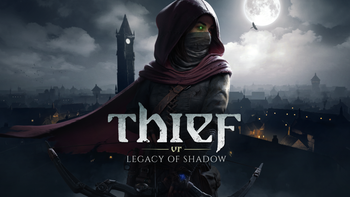South of Midnight Review
When previewing South of Midnight we freely admitted that this was a title we’d been long keen on, if for its setting and aesthetic alone. Sure, it had some elements that needed addressing and yep we were well aware that by the time we had preview access, it was feature-complete and pretty much in the bug-fixing stages of its development life. But we were still holding out hope it would be better upon its release proper. Unfortunately that hope was washed away in a flash flood of rinse-repeat gameplay mired by unimaginative enemies, poor platforming, a terrible camera and, more often than not, paint-by-numbers game design.
It’s a shame too, because that setting and aesthetic pull is still the strongest part of the final product. It’s perhaps not as expanded upon as much as it could have been, while also dragging its feet in areas and sentiments that could have been made more succinct, but for what it’s worth South of Midnight’s ‘world’ is one we want to explore more of. It’s dark and traumatic and developer Compulsion Games doesn’t pull any punches when delivering blow after blow of foul deed and, well… worse. But it’s mystical and hopeful, also. And magical. Some things that seem bad are good, and some good is actually very bad. So in terms of a break from the usual black and white of good and evil, South of Midnight flips the tried and tested script on its head and grabs its tail, aggressively, to capture a unique magic in a bottle, to hang on its tree of ideas. The query then is: is that bottled magic, in the form of its setting and aesthetic, enough to see you see out the full experience?
South of Midnight
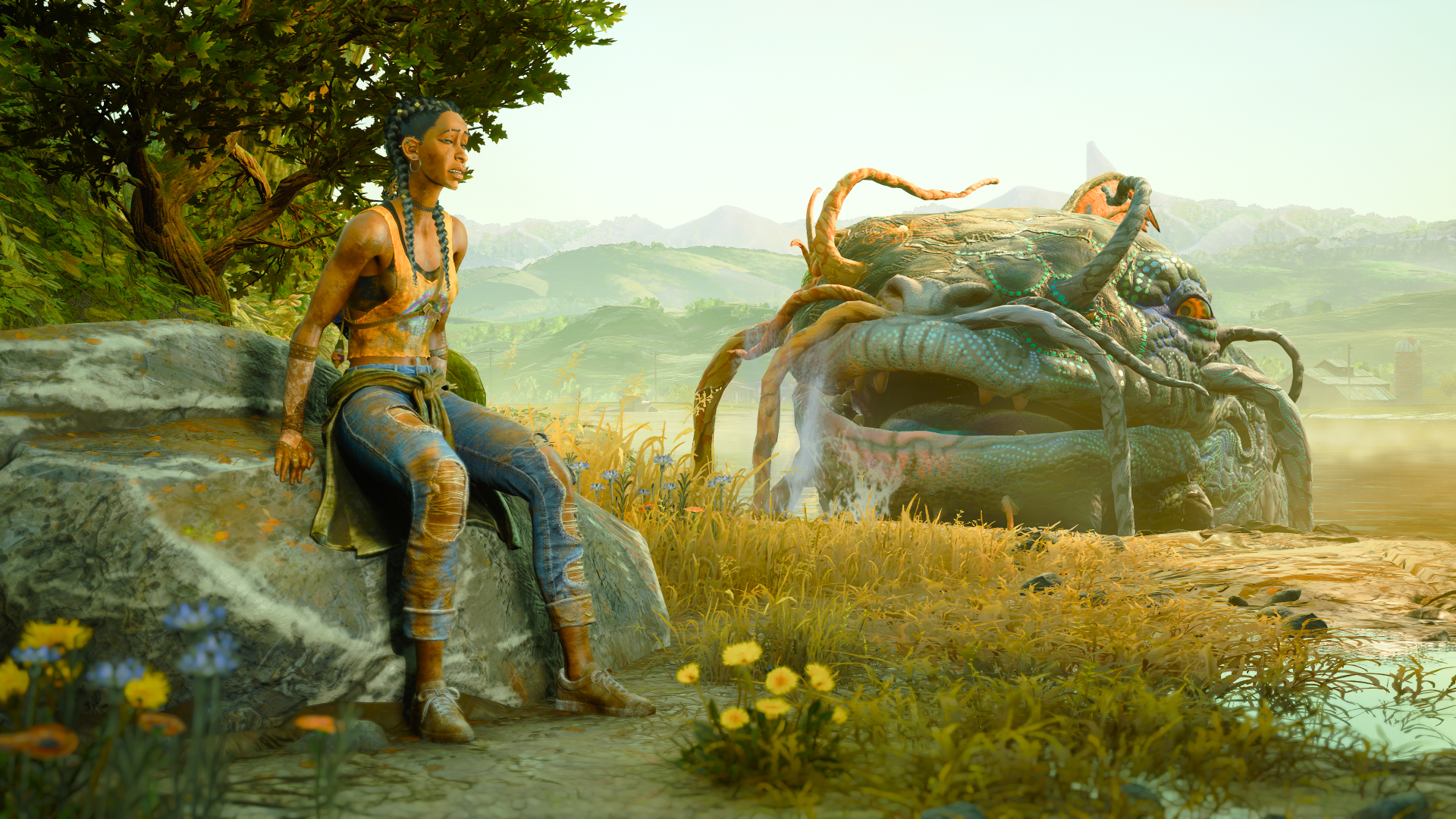
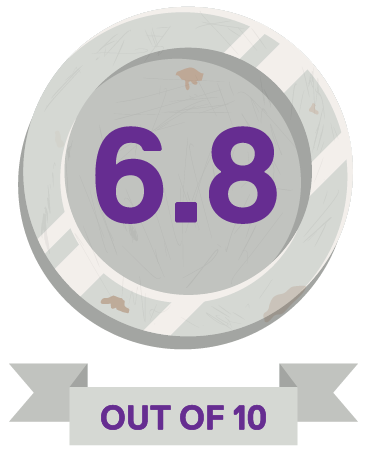
What’s Boss?
Not Boss Enough?
About the Author
